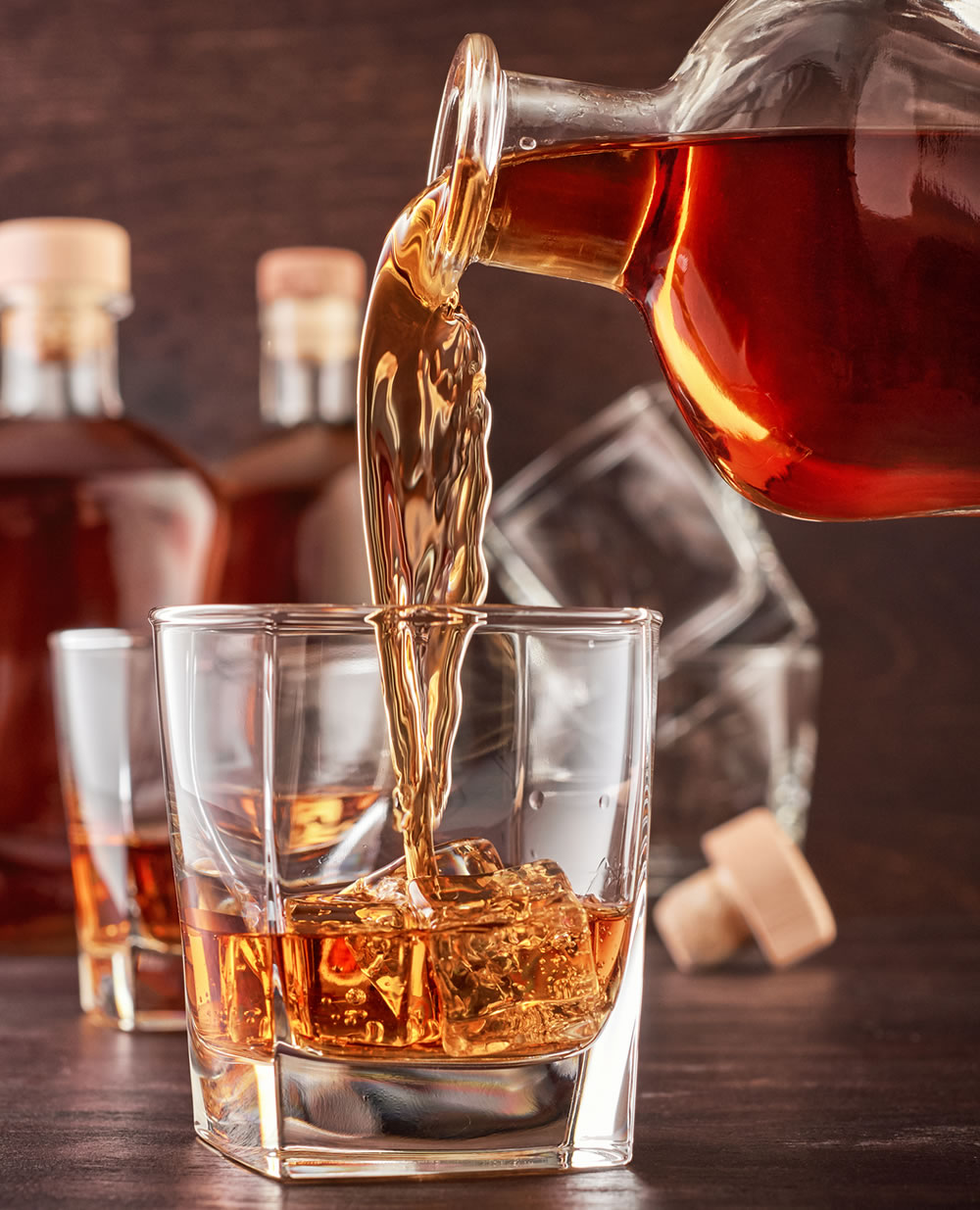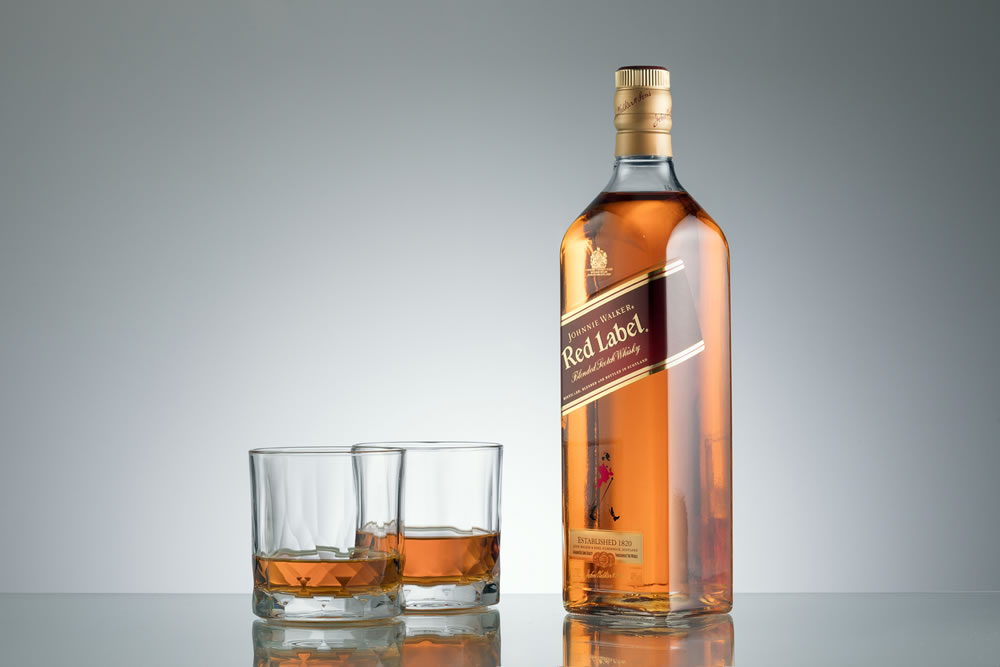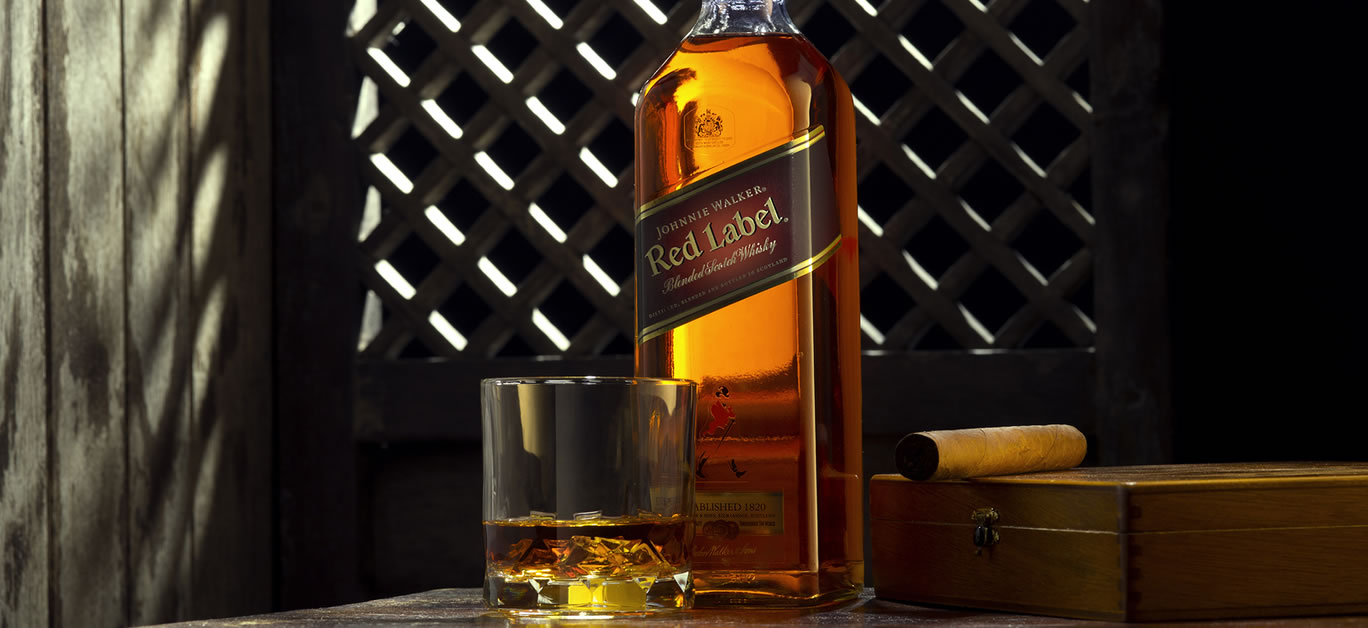If like us, you’ve always wanted (or pretended) to know more about whisky but keep getting bogged down in all the drinks jargon – you’re in luck! The team at Johnnie Walker have given us a beginner’s crash course in all things Scotch to kickstart your whisky journey. Now, this is the kind of lockdown skill-building we can get behind.
Great Scot(ch)!
There are a couple of major things that set Scottish whisky apart from its Irish, American and Japanese cousins across the water. First, as the name suggests, Scotch must be distilled in Scotland and by law it has to be matured (stored in oak barrels) for a minimum of three years – though some are left much longer. The age statement on a bottle (for example 12 years, 15 years or 25 years) refers to the youngest spirit in the barrel.
Scotland can be loosely divided into four whisky producing regions: the highlands, islands, lowlands and Speyside. Each has their own distinct character and style – for example the islands tend to produce saltier, smokier whiskies, while Speyside is known for its fruity, nutty flavours.
Plenty of other factors have a hand in how the final spirit tastes, including the raw ingredients, the distillation process, and the casks used for maturation. There’s so much variation within the Scotch category – the fun part is exploring and working out what you like best.

Single malts vs blends
There’s lots of confusion when it comes to the difference between single malts and blends. A single malt is made from malted barley from one single distillery, while a blended Scotch is made up of single malts – often combined with other blended malt and grain whiskies – from several different distilleries.
Whisky lovers are often at loggerheads over which is better, but it really all comes down to personal preference. Single malts give distinctive flavours and characteristics that show off a single distillery’s style, for example Talisker, Mortlach and Lagavulin. Whereas blended whiskies are designed to give a beautifully balanced and versatile spirit that’s greater than the sum of its parts, such as Johnnie Walker, the best-selling Scotch in the world.
How to drink
When it comes to drinking whisky, there’s only one rule: enjoy it however you like. There is no right or wrong way to drink Scotch, so ignore anyone who says otherwise. Some people take it neat; others like to add a splash of water or a few ice cubes to help release subtle nuances in the flavour. If you’re a fan of mixed drinks, then Scotch cocktails – from the classic old fashioned to something as simple as a whisky and ginger – can be a great way to get started.
For newcomers to the category, whisky tastings are the perfect way to start exploring, expanding your palate and working out what you like best. With bars and distilleries closed for the foreseeable future, we asked Johnnie Walker’s brand ambassador, Ali Reynolds, how you can organise your own virtual whisky tasting session at home.

1. First and foremost, start with an introductory whisky. Blended Scotches like Johnnie Walker Black Label and Gold Label have a diverse range of flavours to explore within the blend, so there’s something for new and expert whisky drinkers alike to enjoy.
2. From there, move onto a single malt. Those from the Speyside region of Scotland tend to be a great next step because they offer more palatable flavours like baked apples and pears, without too much of a dark or smoky taste.
3. Then explore some more complex blends. Something like Johnnie Walker Blue Label is perfect because of the structure and delicate flavours within the blend. You can really take your time with it and fully pick out the individual flavours – the chocolate notes within and the final three notes of the fresh fruit, biscuit and then into the real smoky finish.
4. Finish your tasting with the heaviest whisky. A great option is Lagavulin 16 which has wonderful leathery notes and rich dark cherry and oak which comes through well with whiskies from the west coast of Scotland.
Keep a glass of water to one side to sip between drams and, if you’re really looking to impress, put aside a bowl of coffee beans and smell them between each tasting. This will help to reset your palate and relax your nose, which can become tired along the way.
Image credit at the very top of the article: ersler/Bigstock.com






















